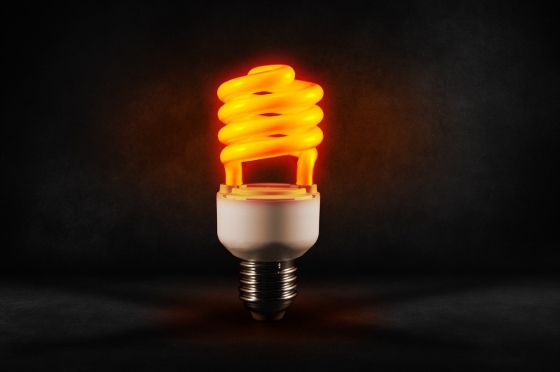The ultimate guide to energy saving light bulbs

Pick a light bulb thats right for you, right for the environment and right for your home. Theres more to it than you think. Stockists of some 10,000 variations of light bulb products, including light fittings, industry experts, BLT Direct know that sometimes, its difficult to know which product to choose for the best.
Passionate about energy-saving bulbs, the companys new guide to saving energy and identifying a light bulb to suit both the environment and your personal requirements explains the difference between product types and why it‘s time you thought twice before adding one to your shopping cart.
Opt for energy saving bulbs: Good for pocket, good for environment. Its the smart choice that will change the way you see your electricity bill while also saving energy.
The difference: Energy efficient light bulbs cost more than your regular incandescent bulb, however efficient use of electricity means a longer operating life. This leads to real cash savings which balances out the initial higher cost of the bulb.
Take your pick:
Regular incandescent light bulbs
Incandescent light bulbs use electricity to heat a filament until it glows white hot, producing light. About 90 percent of electricity used by incandescent light bulbs is lost as heat. These bulbs typically burn for 750 to 1,000 hours - or about three hours a day for a year.
Incandescent spotlights and floodlights
Used predominantly for outdoor purposes, these bulbs burn for about 2,000 hours.
Gu10 Halogen bulbs
Featuring a small capsule filled with Halogen gas, this type of bulb produces more light, uses less energy and lasts longer than your average incandescent bulb of the same wattage. Gu10 lightbulbs cost more yet last a good two to three years longer.
Fluorescent tubes
Preferable to the incandescent for saving energy, this type of product does not produce heat. Long, thin tubes, often seen in kitchens, a fluorescent tube will last on average 10 to 20 times longer than a traditional incandescent light bulb.
Compact fluorescent bulbs
Otherwise known as the energy-saving light bulb, these provide just as much light as your regular incandescent bulb while using just a quarter of the energy. An example would be a 15-watt energy saving bulb yielding the same amount of light as a 60-watt incandescent while lasting 10 times longer
Fact!
If every household in the UK fitted just one energy saving light bulb, there would be enough electricity saved to power lighting in three million homes for an entire year.
The advantages of low energy light bulbs?
Small things come in powerful packages, so do not underestimate the complexity behind the energy saving light bulb! Ever-evolving technology has spawned a generation of light bulbs more sophisticated than we could ever have imagined. A clever example is the dimmable energy saving light bulb, which produces a fraction of the electricity needed, saving up £14 per year per bulb.
Think: Dont forget to switch off the light before leaving a room to cut wastage and save on bills even more.
A point to remember: Not all energy saving light bulbs will work with electronic sensors, dimmers and timers.
No excuses: Energy saving bulbs are available in a spectrum of shapes and sizes, including bayonet and screw fittings. If you prefer the traditional-look bulb, then there are even energy-saving versions of these - including stick type for the middle of the room and flat type for wall fittings.
**How to... **Because energy saving options use a quarter of the energy of traditional bulbs, wattages are lower. The table below gives an idea of wattage to keep in mind.
Traditional NRG
25W 6W
40W 8-11W
60W 13-18W
100W 20-25W
What you can save per bulb?
An energy saving bulb will cost £5 while a traditional option will cost just 50p. A great difference? You wont be saying that in six months! Energy saving bulbs can accumulate £14 in savings per year. Over a typical lifetime, thats £68 with costs recovered in six months.
Created by Steve Ellwood on 18th January, 2010
Author
 | Steve EllwoodQualified as an Electrician, founder of BLT Direct |



